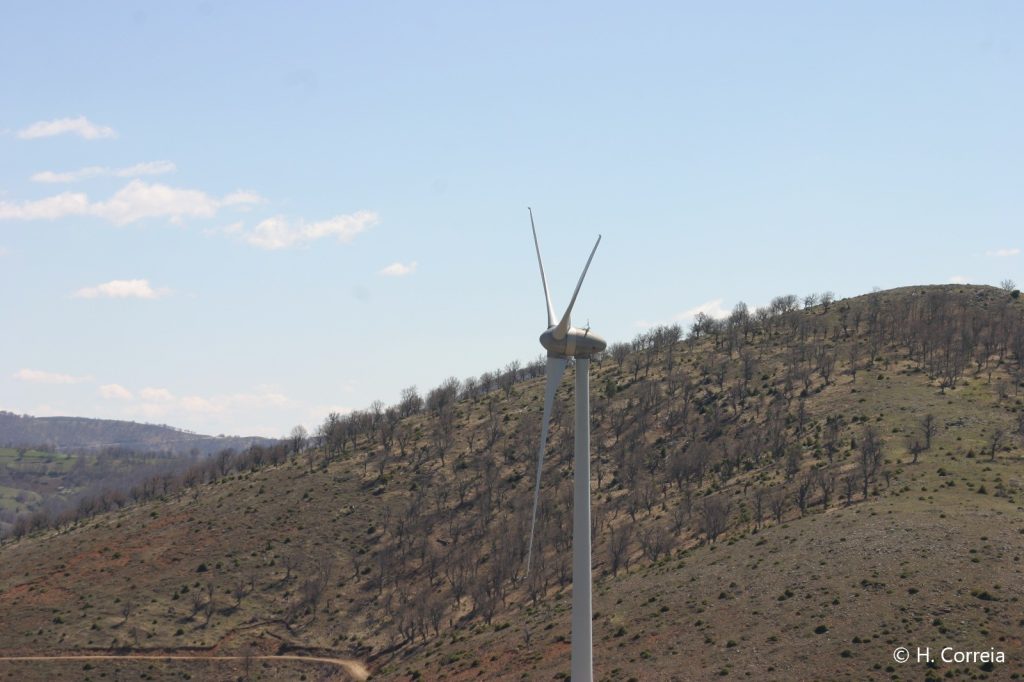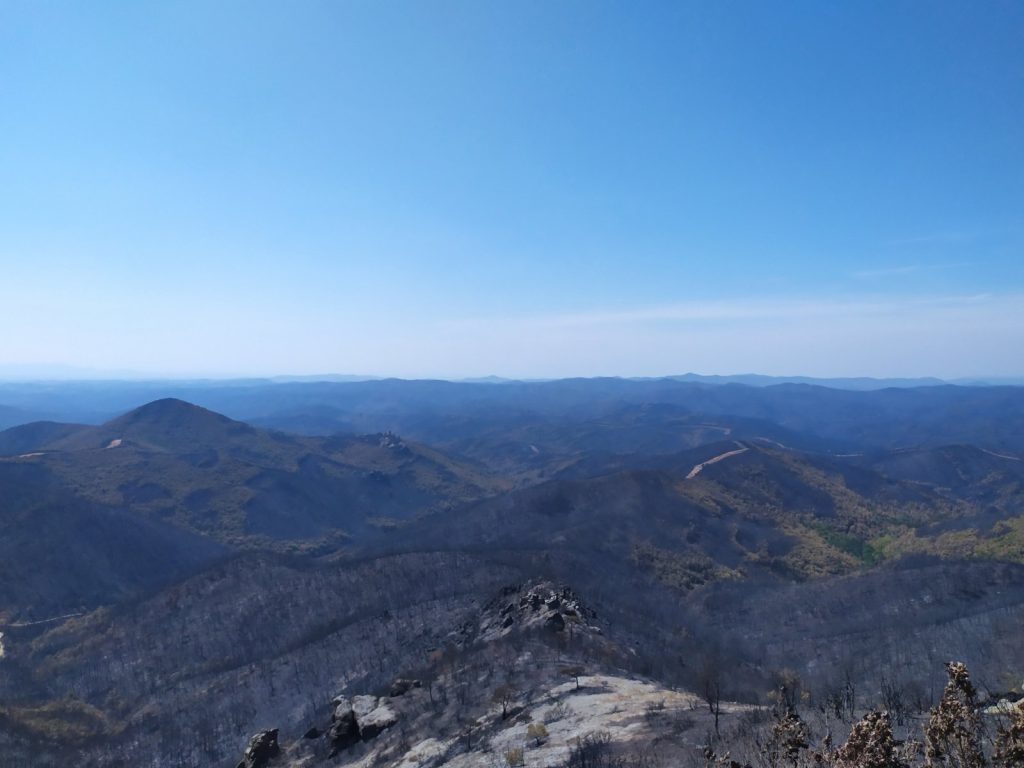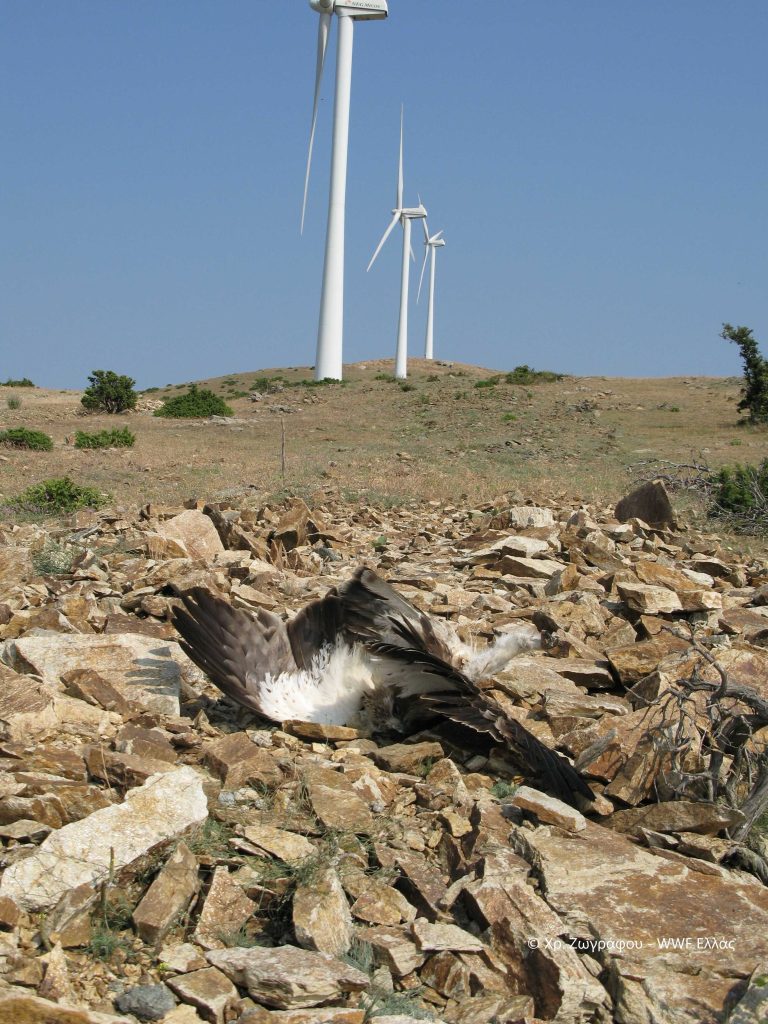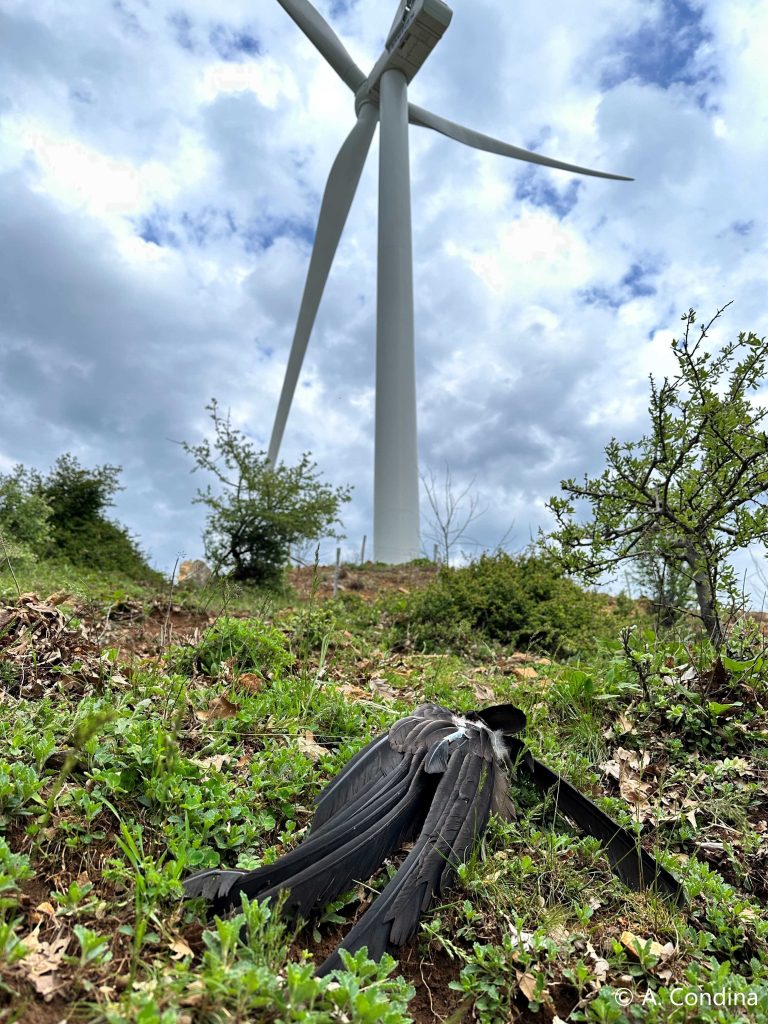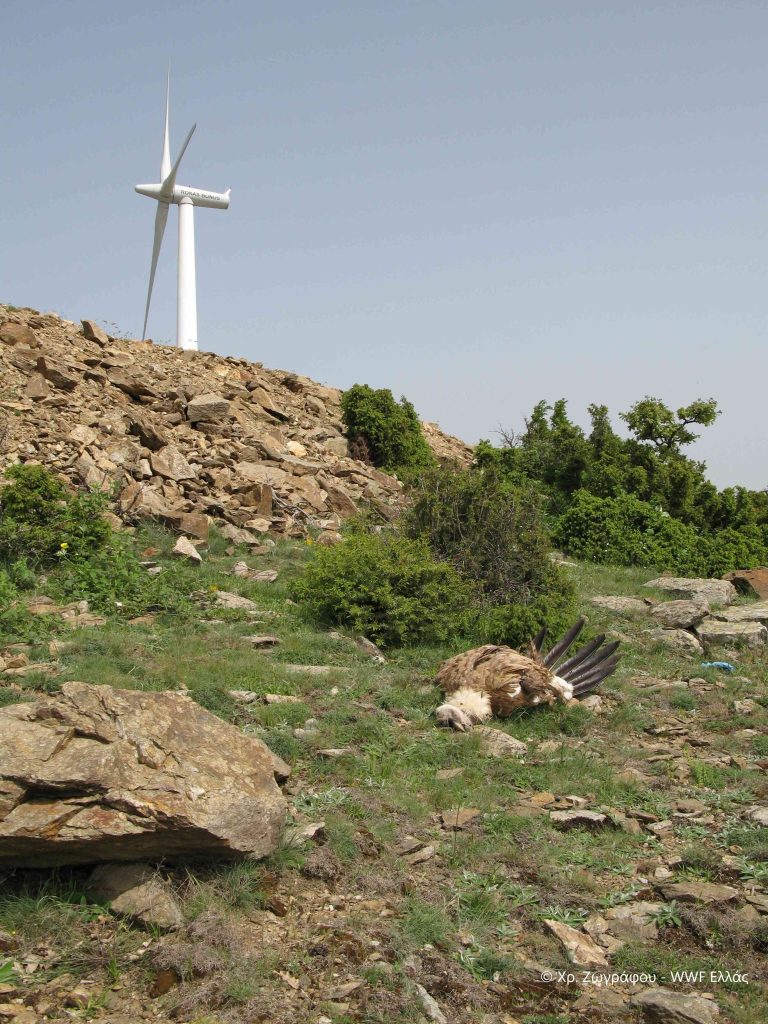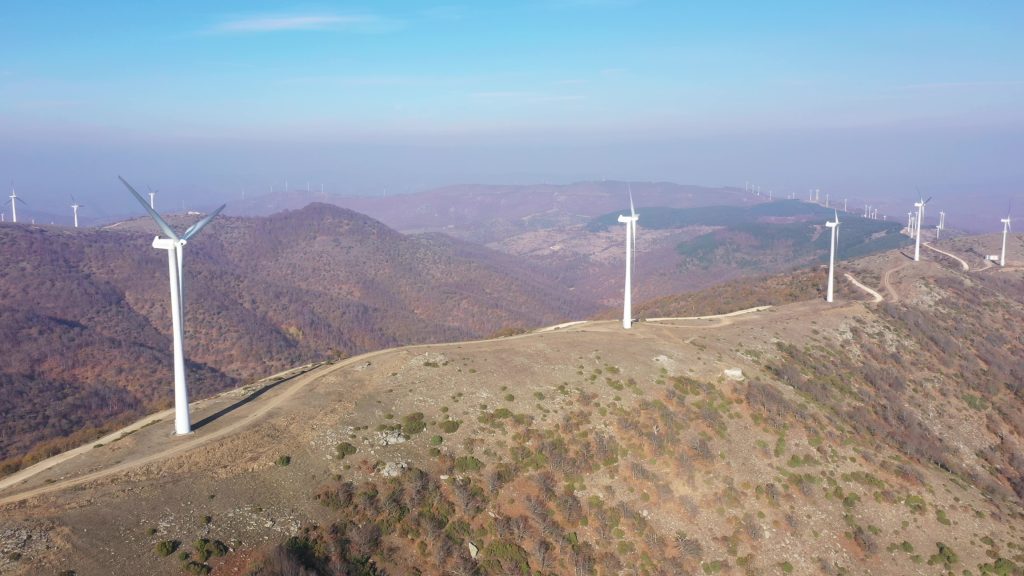Joint statement by nine environmental organisations:
Immediate measures for the wind farms in Evros and Rhodope to protect birds and ecosystems

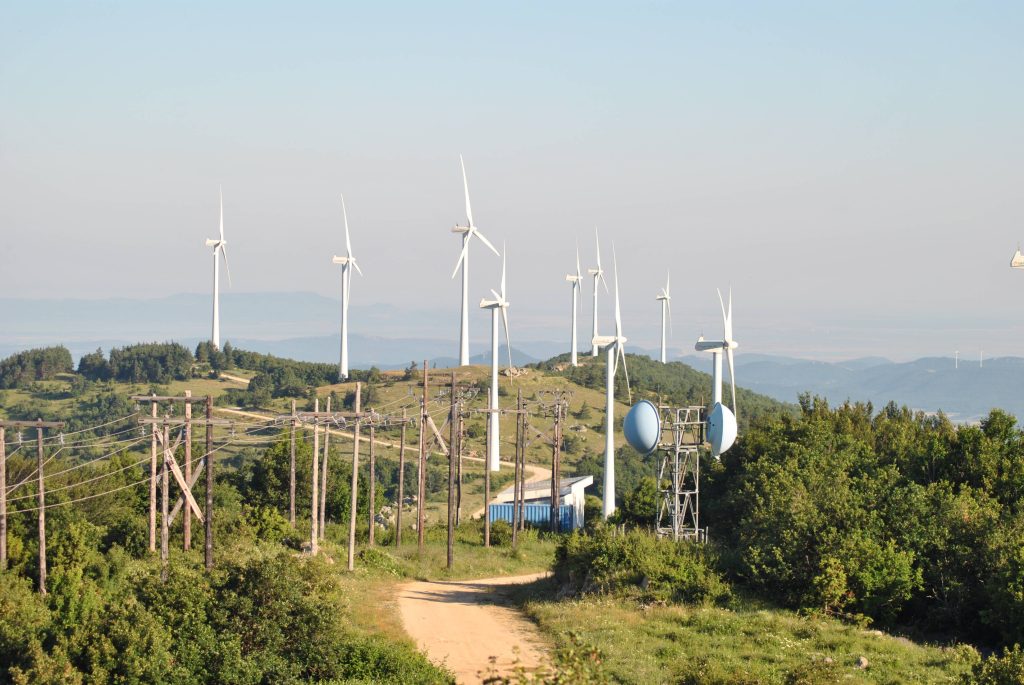
Following the devastating fire in Evros and Rhodope, with incalculable consequences for protected birds and natural ecosystems, nine environmental organisations have written a joint letter to the Minister of Environment and Energy, calling for immediate action on the projects’ licensing process to ensure the protection of birds and ecosystems.
The Ministry of Environment and Energy has already announced the suspension of economic activities within the burnt areas until a relevant study will completed to investigate this issue. The organisations recognise the Ministry's initiative as positive and submit specific and well-founded proposals to ensure that this initiative can be implemented through legislation. Specifically, they propose:
• the suspension for at least three years (until the completion of a relevant study announced by NECCA) of all projects that will have adverse effects (except those necessary for restoration and beneficial projects) and are planned within the burnt areas
• the suspension of all permit decisions for wind farms in the adjacent areas (non-burnt) which are important for sensitive bird species
• measures for wind farms already operating in these areas
The impacts of wind farms on birds are mainly related to their direct killing or injury due to impact with wind turbine blades, their displacement from suitable habitats, and habitat loss (below, you can see the data as recorded to date). Furthermore, the cumulative impacts on protected bird species and habitats from all of the wind farms already operating in Evros and Rhodope are already very serious and the predictions for the future, based on the planning so far, are ominous threatening even populations of protected species with extinction.
The adoption of the measures proposed by the nine organisations is not an obstacle to the achievement of our country's energy objectives; on the contrary, it is compliance with its obligations under European directives. The temporary protection of threatened birds in these areas against the impacts of the wind farms will contribute to the efforts to restore biodiversity after the fire, while ensuring the coherence of the Natura 2000 ecological network.
Joint statement by nine organisations:
- ANIMA
- Hellenic Society for the Protection of Nature
- Hellenic Ornithological Society
- Society for the Protection of Biodiversity of Thrace
- Society for the Protection of Prespa
- Callisto
- Ecological Recycling Society
- MEDASSET
- WWF Greece
Notes:
I. Current situation:
In the Evros and Rhodope Regional Units 28 wind farms with 276 wind turbines, with a total capacity of 506.3 MW have already been installed and are in operation of which:
- 18 wind farms, with 170 wind turbines within Natura areas
- All of the 28 wind farms, with 266 wind turbines within IBAs
- 8 wind farms, with 54 wind turbines within the burnt area
In the two Regional Units 30 wind farms, with 221 wind turbines, with a total capacity of 863 MW have been granted permission (but not yet installed) of which:
- 9 wind farms, with 68 wind turbines within Natura areas
- 22 wind farms, with 123 wind turbines within IBAs
- 8 wind farms, with 19 wind turbines within the burnt area
In addition to these, 38 wind farms, with 348 wind turbines, with a total capacity of 1818.1 MW are under consultation for environmental licensing, of which:
- 8 wind farms, with 42 wind turbines within Natura areas
- 27 wind farms, with 238 wind turbines within IBAs
- 11 wind farms, with 52 wind turbines within the burnt area
II. Collision incidents:
To date, in Evros and Rhodope, 494 incidents of bird and bats colliding with wind turbines have been recorded. From those:
- 34 are birds of prey (15 of them vultures)
- 170 are birds of other species
- 290 are bats
In addition to birds’ mortality due to collision, wind turbines have a significant impact (either individually or cumulatively) on other protected species (e.g. bats) and habitats.
The actual number of victims is clearly higher than the number recorded, since as it has been shown in practice (satellite transmitters and surveys), in many cases birds after the collision fall a long distance from the wind turbines, or in areas with dense vegetation, or are injured, and until they die moving on the ground, they are moved away from the wind turbines or consumed by mammals in the interim between surveys.
It is noted that three protected birds of prey (a Cinereous Vulture, a Botted Eagle and a Honey Buzzard) collided with wind turbines that had an automated collision avoidance system installed and while the system detected the approach of the birds through the cameras, the wind turbines failed to stop in time and the birds collided on them. Taking into account the incidents of collision with wind turbines that had an automated collision avoidance system installed, as well as other incidents have been recorded abroad, and in addition the fact that the deterrent sounds emitted by the system have been shown to displace birds from suitable areas, it is demonstrated that these systems are not fully effective and therefore cannot ensure mitigation of impacts on protected species.
